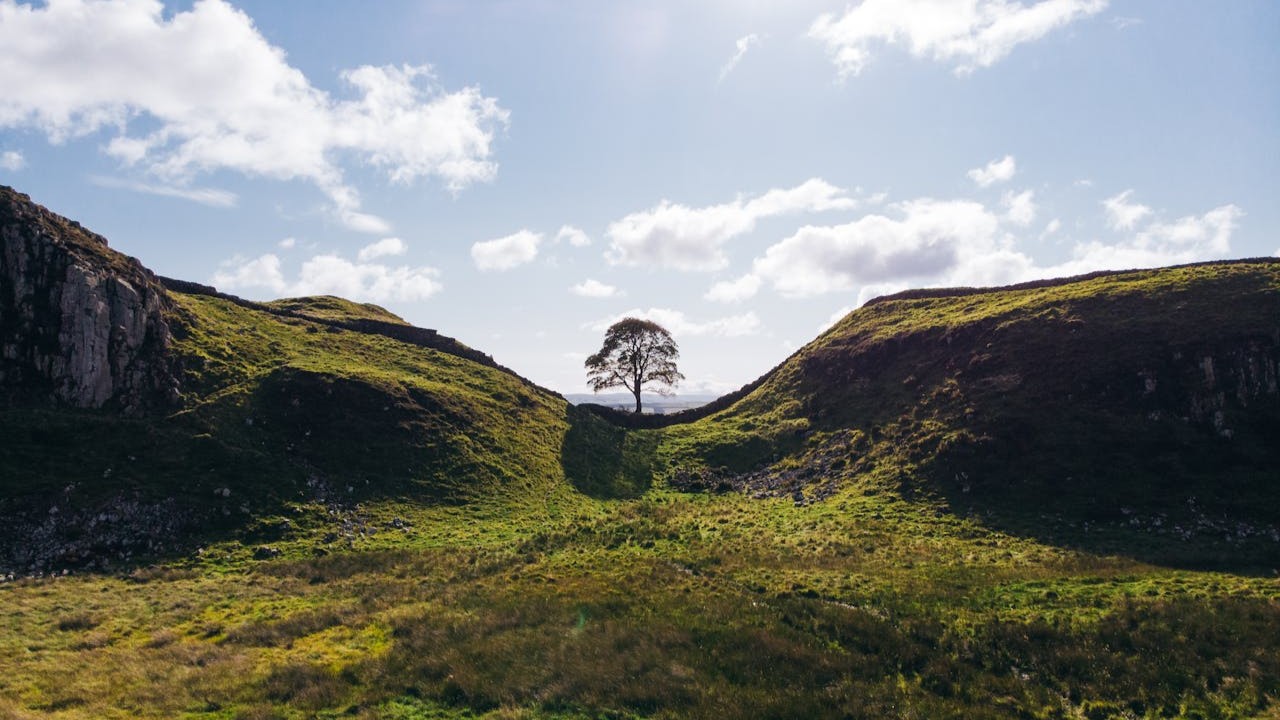UPDATED: Understanding the Sycamore Gap Trial: Criminal Charges and Legal Implications

The Case So Far
The felling of the iconic Sycamore Gap tree, which stood for over a century on Hadrian’s Wall, shocked people across the UK and beyond. In September 2023, the beloved landmark was allegedly cut down in the dead of night. The trial of two men accused of causing criminal damage is currently taking place at Newcastle Crown Court.
The Background
The tree, which had stood since the 1800s, was a globally recognised feature of the Northumberland landscape. Its unexpected destruction prompted not only public outcry but also an in-depth police investigation that has led to two men being charged and now standing trial.
What Are the Charges?
Criminal Damage Allegations
Daniel Graham, 39, and Adam Carruthers, 32, both deny charges of criminal damage related to the destruction of the Sycamore Gap tree and part of Hadrian’s Wall. The case centres around allegations that one man felled the tree using a chainsaw, while the other filmed it.
Legal Definition of Criminal Damage
Under UK law, criminal damage includes intentionally or recklessly destroying or damaging property belonging to another. In this case, the damage also affects a protected historical site, potentially elevating the seriousness of the offence.
Potential Penalties
If found guilty, the defendants could face significant penalties. Sentencing for criminal damage can vary, but where heritage or protected property is involved, courts may consider harsher punishment. This could include imprisonment, community orders, or substantial fines.
Key Evidence Presented
The Chainsaw Video
Jurors have viewed a video said to show the tree being cut down, which prosecutors claim was found on Mr Graham’s phone. Metadata indicates it was recorded at the exact location of the Sycamore Gap tree shortly after midnight on 27 September 2023.
The Wood Wedge
A wedge of wood believed to have come from the tree was photographed in the back of a car linked to the accused. Expert testimony suggests a strong likelihood that this wedge was cut from the Sycamore Gap tree using a forestry technique known as “hinge-and-wedge.”
Tracking Movements
Cell site analysis and ANPR (Automatic Number Plate Recognition) data presented in court show the movement of the accused’s vehicle from Carlisle to the scene and back. CCTV footage and mobile phone activity support the prosecution’s timeline.
UPDATE : OUTCOME OF THE CASE AND SENTENCING
Outcome of the Trial & Sentencing
The jury returned a guilty verdict following a two-week trial in May 2025.
On 15 July 2025, both men were sentenced to 4 years and 3 months in prison.
An additional 6-month concurrent sentence was added for the damage to Hadrian’s Wall. Due to time already served and standard release provisions, they may be eligible for release after serving a portion of their sentence.
Judge Christina Lambert KC described their actions as a “moronic mission” that involved planning, premeditation, and a desire for notoriety. She rejected their claims of drunken spontaneity, noting the deliberate filming and sharing of their act online.
Criminal Damage: A Serious Offence with Serious Consequences
| Offence | Maximum Sentence | This Case | Context |
|---|---|---|---|
| Criminal damage (tree & wall) | Up to 10 years | 4 years 3 months + 6 months concurrent | Reflects seriousness of harming cultural/natural heritage |
Key Legal Takeaways:
- Heritage Impact: Destruction of iconic landmarks is treated as an aggravating factor in sentencing.
- Intent & Planning: Coordinated or premeditated acts attract significantly harsher penalties.
- Symbolic Importance: The tree’s value—cultural, historical, and emotional—amplified public concern and judicial severity.
- Valuation: The Sycamore Gap tree was valued between £450,000 and £622,000; damage to Hadrian’s Wall was estimated at £1,144.
This case underscores the fact that criminal damage is a serious offence and can result in significant custodial sentences—especially where it impacts national heritage or public sentiment.
How We Can Help
At Morton’s Solicitors, if you or someone you know is facing accusations of criminal damage or similar offences, professional legal advice is essential. Call us directly on 0161 230 4816 or email us via our contact page for fast, confidential advice.


